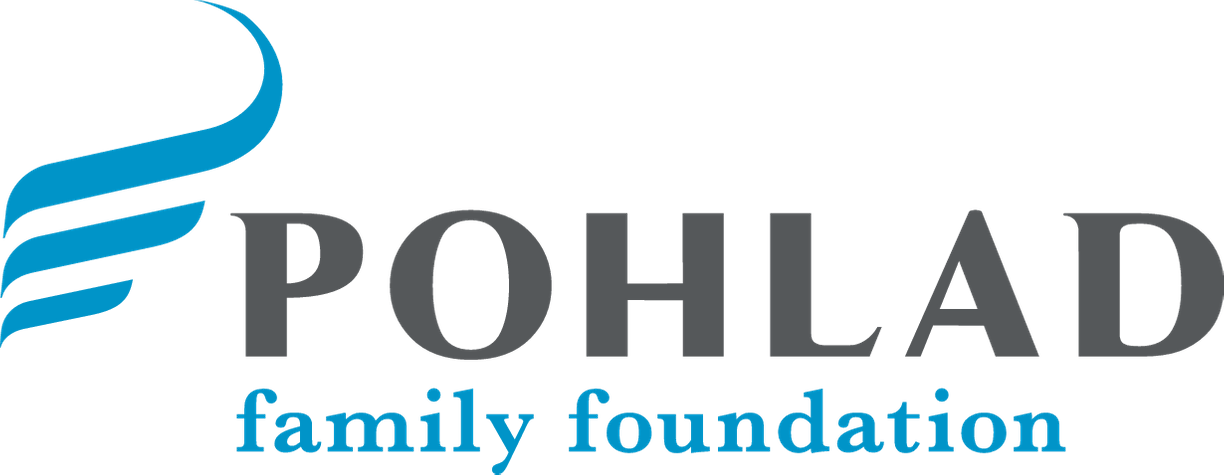Mapping the Roots of Housing Disparities in Minneapolis
Jim Crow of the North offers a glimpse into structural racism in real estate.
As the nation struggles with another economic crisis, we will again experience the loss of homes and the tenuous wealth development that they might offer. The American Dream of home ownership will again devolve into a nightmare of instability and financial hardship for far too many. Dramatic downturns such as the Great Depression, the Great Recession and now the COVID-19 Collapse stand out as eviscerating spikes on a graph. But understanding the history and impact make up an invisible axis on the graphs of American economic inequity.
To know the whole story of disparities told in today’s graph, we need a map, one marked by hidden history, systemic racism and barriers to wealth development.
The Twin Cities PBS history documentary Jim Crow of the North was created to reveal the roots of Minnesota’s near worst-in-the-nation racial disparities. The film is based on the ground-breaking research of the Mapping Prejudice Project at the University of Minnesota that charted racist, restrictive covenants in housing deeds in Hennepin County. The early 20 Century practice of adding restrictive covenants to the growing city’s housing stock laid out a grid for redlining and other discriminatory policies and practices that fostered the inequities we suffer from today.
“I am better equipped to tell people how racism in the past lives with us today.”
In the words of Amy Goodman, media must "go to where the silence is and say something." Since its premiere in early 2019, Jim Crow of the North has helped break the silence on the history and impact of northern segregation as the film has been carried across the community as a catalyst for convening, conversation, consternation and change.
“As I get older, I want to learn more about the past because that helps us understand the present.”
The heightened awareness that the documentary brought to the hidden history of restrictive covenants added energy to an effort during Minnesota’s 2019 legislative session. This led to the passage of a bipartisan bill that allows homeowners to expunge the racist covenants from their property. The language is not deleted - the documentation is important to preserve - but homeowners can formally renounce the bigoted sections of the contract.
"I don’t think most people knew this before it was brought up," said Gov. Tim Walz at the ceremonial signing of the bill in June 2019. He affirmed the need to "clean up some things that are stains on the state of Minnesota." Lt. Gov. Peggy Flanagan (White Earth Band of Ojibwe) added, "If we are going to turn the curve on equity issues in this state, one of the first steps is making sure that we have laws that clearly and accurately reflect the kind of Minnesota that we want to be. This is really an important step."
Dr. Kirsten Delegard, the founder of the Mapping Prejudice Project, describes how the film has animated her ongoing research and outreach efforts on restrictive covenants. “Since it reaches both heart and head, it works well in a variety of venues and has been used in spiritual communities and policy making groups. It is a rare work of art that plays well in these different contexts, leaving audiences spellbound and eager for change.”
"Understanding why race-based housing practices have created inequities in education, health and economic security inspires us all to action."
The Mapping Prejudice research, in part driven by the film’s ongoing use as a conversation piece, is expanding its research efforts to Ramsey County with hopes of creating an ever-expanding map of racially restrictive covenants. Other ancillary research has added to the grim, but unflinching data.
University of Minnesota economists have created models that demonstrate that the presence of racial covenants, even when controlling for factors such as location and design, increase a house's value considerably. The takeaway? White families who had and still have access to these homes have accrued more wealth than African Americans and others who were denied access to these homes. The data and research paint a portrait that clearly shows how the roots of inequity compound over time - just as wealth does for some - while others continually struggle with the historic legacy of being left out in the cold.

This story is part of the collection, Under One Roof: Stories on Minnesota’s Housing Crisis, which is funded by a grant from the Pohlad Family Foundation.
Read Kirsten Delegard’s piece on how racial covenants took a firm hold in Minneapolis, “Emanuel Cohen and the Battle Against Anti-Semitism in Minneapolis.”
"During the first half of the twentieth century, real estate developers and public officials used covenants to build what amounted to a hidden system of American apartheid. Unlike segregated bathrooms or watering fountains, racial covenants were largely hidden from the public eye in bound volumes at the county. But in Minneapolis and elsewhere, these property contracts were the bulwarks of white supremacy." Discover how the Mapping Prejudice project lifted off the ground.
Did your neighborhood contribute to institutional racism? Good question - and one well worth researching. Find out what you can do if you discover that your home has a racial covenant.
